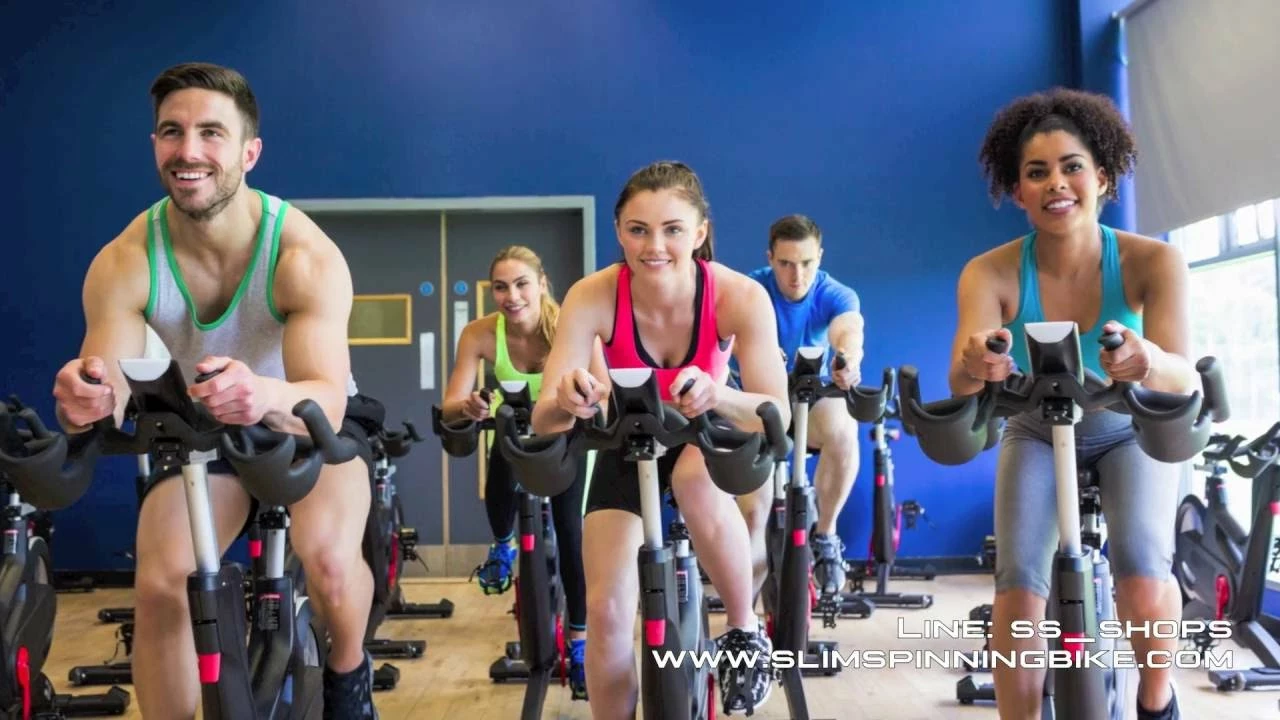Cycling Performance: Simple Ways to Ride Faster and Stronger
Ever watched a friend zip up a hill and wondered how they do it? You don’t need a fancy bike or a pro coach to close that gap. A few smart habits, a bit of focused training, and the right tweaks can push your speed, power, and stamina in no time.
Training Strategies That Work
First off, mix up your rides. Steady long rides build endurance, but they won’t teach your legs to sprint. Add one high‑intensity interval session per week: 5 minutes easy, then 30 seconds all‑out effort, followed by 2‑3 minutes recovery. Repeat four to six times. This short burst trains your heart and leg muscles to handle sudden power demands.
Hill repeats are another quick win. Find a hill with a moderate gradient, spin up for 2‑3 minutes, then coast back down. Do three to five repeats, focusing on a smooth pedal stroke rather than just grinding. You’ll notice a jump in leg strength and more efficient climbing.Don’t forget recovery. Your muscles get stronger when they rest, not while you’re on the bike. Aim for at least one full rest day and a light spin day after a hard workout. Stretching after each ride and a quick foam‑roll session can keep tight quads from turning into chronic soreness.
Everyday Tweaks for Immediate Gains
Bike fit matters more than you think. If your saddle is too high, you waste energy pedaling in a stretched position. A quick test: sit on the saddle, place your heel on the pedal, and pedal backwards. Your leg should be almost fully straight at the bottom of the stroke. Adjust until you feel a slight bend when the ball of your foot is on the pedal.
Aerodynamics don’t have to be rocket‑science. Tuck your elbows in, keep a low torso, and wear a snug jersey. Even a small reduction in wind drag can shave seconds off a flat‑out effort.
Nutrition is the hidden engine. Fuel up with a balanced snack—carbs, protein, and a little fat—about an hour before a ride. During longer rides, sip a mix of water and electrolytes to avoid the dreaded “bonk.” After a hard session, a protein‑rich recovery drink helps repair muscle fibers faster.
Finally, track your progress. A simple app that records distance, average speed, and heart rate lets you spot trends. If your average speed stalls, look back at training intensity, recovery days, and nutrition. Small adjustments based on real data keep you moving forward.
Bottom line: performance isn’t about buying the newest bike; it’s about consistent effort, smart training, and paying attention to the details that matter. Try adding one interval session, check your saddle height, and watch your rides get smoother, faster, and more enjoyable.
After exploring the topic "Do great cyclists have big bellies?" I found that the answer is generally no. Great cyclists typically have lean bodies, including flat stomachs, due to high-intensity cardio workouts that cycling provides. Their diet is also closely monitored to maintain an optimal weight for performance. However, like anyone else, if they overeat or consume high calorie foods without enough exercise, they can gain weight. So, while there may be exceptions, the stereotype of a cyclist with a big belly is far from the norm.
Continue reading...
